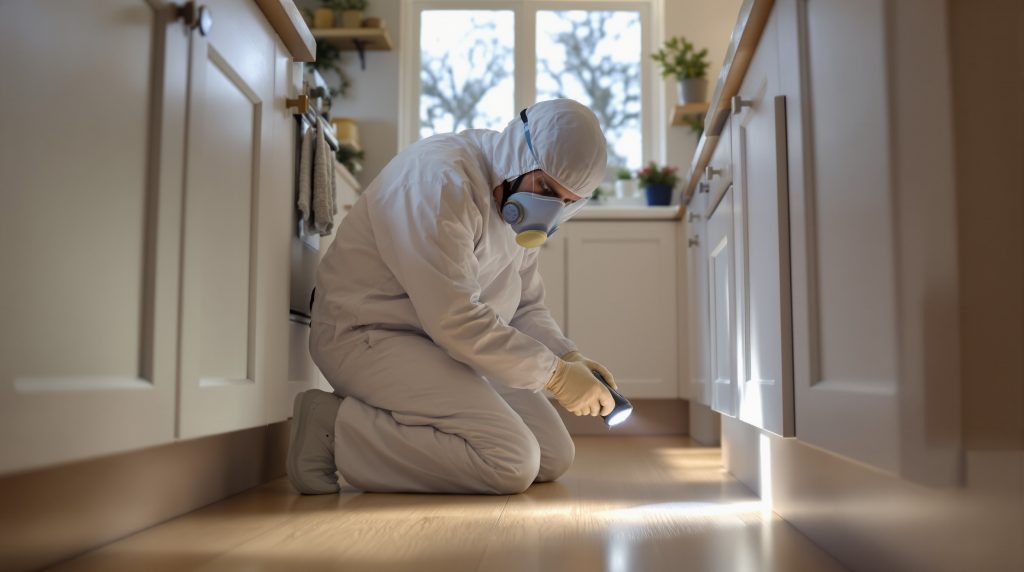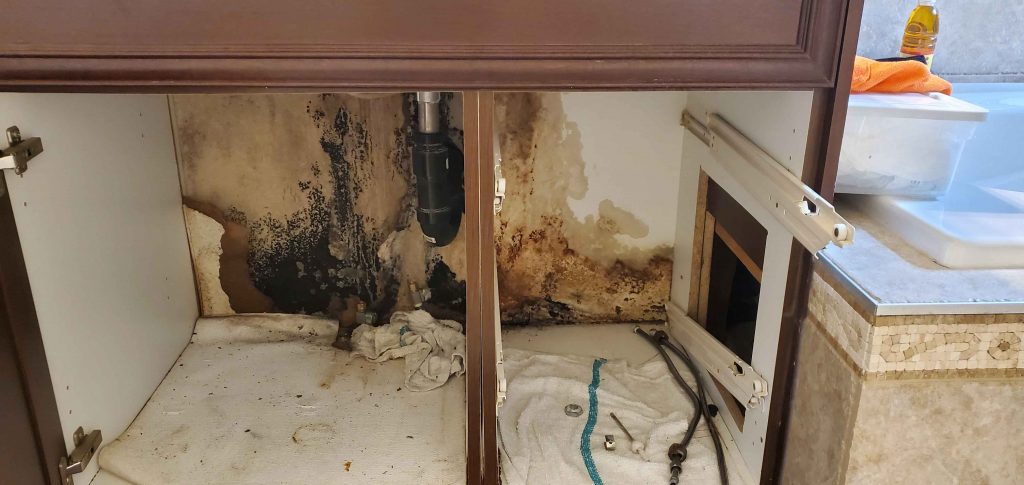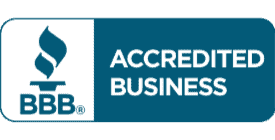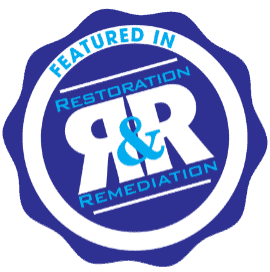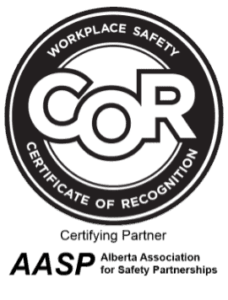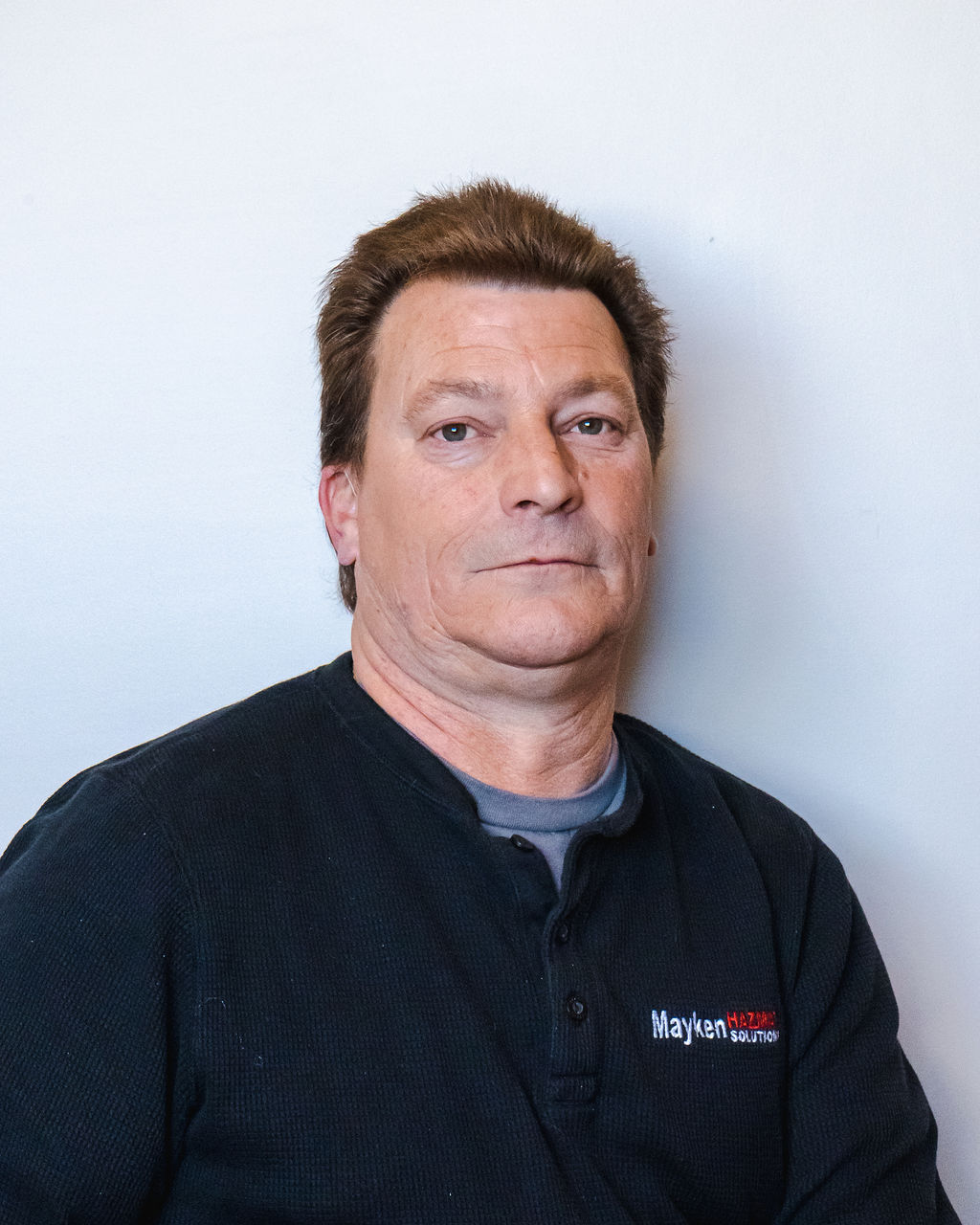Your Guide to Understanding Hazmat and Why It Matters
Understanding Hazardous Materials
Meet Dr. S: Your Guide to Understanding Hazardous Materials
Hey there! Dr. S. here, and I’m excited to have you along for a deep dive into a world that often flies under the radar—hazardous materials, or as we like to call it, hazmat. Now, I know what you’re thinking: “Not another boring lecture on safety!” But trust me, this is something you’ll want to stick around for. You see, I’m actually a doctor—not the kind that writes prescriptions, but one who’s been around the block in health, safety, and security. And now, I’m part of the Mayken Hazmat Solutions Team, where we’re all about keeping you safe from the stuff that most people don’t even want to think about.
So why should you care? Because hazmat isn’t just a buzzword—it’s about understanding the materials around you that could seriously impact your health and safety. And I’m here to break it all down for you.
Who is Dr. S.?
Alright, let’s get the introductions out of the way. I’m Dr. S., and yes, the “Dr.” part is legit! My journey into the world of safety started with an academic background in Metaphysics—yeah, not exactly your typical safety training, but it gave me a unique lens to view risk and human behavior. I’ve got a few certifications under my belt in health and safety too, which I’ve put to good use in various roles over the years. But what really fuels my passion is being out in the field, seeing firsthand what needs to be done to keep people safe.
Now, with Mayken Hazmat Solutions, I get to use all that experience to help you and many others understand the complexities of hazardous materials. Believe me, it’s a lot more interesting than you might think!
What is Hazmat and Why Should You Care?
So, what exactly are hazardous materials, and why does it matter so much? Let’s cut through the jargon:
Hazmat refers to substances that can pose serious risks to health, safety, property, or the environment. This isn’t just about toxic waste dumps—hazardous materials can be found in everyday items, from cleaning products to batteries, and in places you might not expect. Knowing how to handle them properly isn’t just smart—it’s crucial for your safety and for the world around you.
Common and Uncommon Examples
Let’s dig into some examples, both familiar and not-so-familiar:
- Common Hazmat:
- Cleaning Products: Household cleaners often contain chemicals like bleach and ammonia, which can be harmful if mixed or inhaled. Mixing the wrong ones can literally make you sick—so it’s best to know what you’re working with.
- Batteries: Ever tossed an old battery in the trash? Not so fast—those things are packed with heavy metals like mercury and lead that can contaminate the environment if not disposed of properly.
- Paints and Solvents: Whether you’re sprucing up your house or working on a project, these can release VOCs that mess with your air quality and health.
- Uncommon Hazmat:
- Asbestos: Used in construction before we knew better, asbestos fibers can cause severe lung diseases if disturbed and inhaled. And yeah, it’s still hiding in some older buildings.
- Radioactive Materials: These aren’t just in sci-fi movies—they’re used in medical and industrial fields and can be dangerous if not handled correctly.
- Biohazards: We’re talking about things like used needles, blood-soaked items, and contaminated equipment. These aren’t just gross—they’re dangerous and need careful handling.
Where You Can Encounter Hazmat
Hazardous materials aren’t just in laboratories or factories—they’re everywhere:
- At Home: From expired meds to old electronics, your home might be a treasure trove of potential hazards.
- At Work: Offices and industrial sites alike have their share of hazmat—from toner cartridges to manufacturing chemicals.
- In Public Spaces: Schools, parks, community centers—hazmat can pop up anywhere, making regular inspections and proper waste management a must.
The Dangers of Hazardous Materials
Hazardous materials present a range of risks, from minor annoyances to life-threatening dangers:
- Minor Dangers: A little exposure might give you a headache or skin irritation—annoying but manageable.
- Moderate Dangers: Long-term exposure can lead to chronic issues, like respiratory problems or even poisoning.
- Severe Dangers: Some materials are downright deadly. Asbestos, for instance, can cause fatal lung diseases, while radioactive materials require extreme caution.
Why Leave Hazmat Handling to Specialists?
Handling hazardous materials isn’t something to take lightly—it’s a job for the pros:
- Proper Training: Hazmat specialists know these substances inside and out, and they’re trained to handle them safely.
- Regulatory Compliance: There are laws about how to manage hazmat, and specialists ensure everything’s done by the book.
- Specialized Equipment: The right tools make all the difference in safely managing and disposing of hazardous materials.
- Emergency Response: If something goes wrong, you want someone who knows exactly what to do—and that’s where hazmat pros shine.
So, What is Hazmat and Why Should You Care?
To sum it all up, hazmat is everywhere, and understanding it is key to staying safe and protecting the environment. Whether it’s in your home, at work, or in public spaces, knowing how to handle these materials can make a world of difference.
Why should you care? Because the risks are real, and the consequences of ignoring them can be severe. But with the right knowledge—and a little help from experts like the team at Mayken Hazmat Solutions—you can navigate these dangers with confidence.
So let’s keep learning together, and I’ll see you in the next blog. Stay safe, stay informed, and remember: when it comes to hazmat, it’s better to be prepared than to be sorry.
Thanks for reading, and until next time,
Remember, knowledge is powerful, but action is what keeps us safe. Stay informed, stay prepared, and until next time, this is Dr. S., signing off.

Mayken Hazmat Solutions has provided Calgary and Western Canada with high-quality hazmat services since 2006. As a registered hazardous waste carrier with the Alberta government, we can handle a wide range of situations and environments. Whether cleaning up hoarding cases, contaminations, chemical spills or crime scenes, we can take care of overwhelming situations for you. Reach out to the experienced hazmat company by calling us 403-272-1995.

